Retro Replay Review
Gameplay
PuzzlePanic delivers a fresh spin on pattern-based puzzles by placing you in control of Benny, a light-bulb protagonist navigating through a wide array of logic challenges. Each level is designed around distinct mechanics—some timed, others methodical—offering bite-sized puzzles you can tackle individually or string together into a larger meta-puzzle. This flexibility lets players jump in for a quick brain-tease or commit to a marathon session where every solved mini-puzzle reveals another piece of the grander mystery.
The timed challenges, such as “Color Climb,” keep the pace brisk and demand quick thinking. In these stages, Benny must ascend colored steps in a precise order—clues appear at the top of the screen, and one wrong move can send you back to the start. This urgency adds a pleasant adrenaline rush, especially when you’re teetering on the edge of completing a perfect run. Fortunately, the game’s forgiving checkpoint system ensures you’re never too discouraged by repeated failures.
Pattern-based levels like “Triangles First” require a more deliberate approach. Here, Benny must tap shapes in a specific sequence—first triangles, then squares, pentagons, and so on—while evading a mischievous Devil-shaped enemy. The pursuit element injects a layer of tension, forcing you to balance careful observation with timely dodges. These segments feel like cat-and-mouse puzzles, where mastering the pattern often means outsmarting the Devil’s predictable chase route.
Across every stage, PuzzlePanic tests your ability to recognize shapes, colors, numbers, and spatial relations. As you progress, gates marked with cryptic symbols unlock new levels, inviting you to uncover the connection between those symbols and the puzzles themselves. Ultimately, the final “metasequence” level ties everything together: you must recall each level’s symbol and select them in the exact order you played. This culminates in a satisfying cerebral payoff that rewards both your memory and logical reasoning skills.
Graphics
PuzzlePanic’s visual design strikes a balance between minimalist elegance and playful charm. The backgrounds use soothing pastel hues, which frame each puzzle without overwhelming the eye. Shapes are rendered with clean lines and subtle shading, ensuring they’re easy to distinguish, even in the more hectic chase sequences. Benny, the adorable light-bulb hero, glows with a gentle warmth that stands out beautifully against the softer backdrop.
Animations in PuzzlePanic are delightfully smooth. Benny’s movements feel springy and responsive, whether he’s hopping between steps in Color Climb or scuttling away from the Devil. The Devil-shaped enemy itself is animated with exaggerated, comedic timing—its catch-up runs and sudden lunges add visual flourish and a dash of humor to each pursuit. These animations not only enhance readability but also contribute to the game’s lighthearted tone.
The UI is thoughtfully designed for clarity. All vital information—time remaining, color clues, shape counters—appears unobtrusively around the puzzle area. Menus and symbol gates use a consistent iconography that dovetails nicely with the geometric nature of the levels. Navigating between puzzles, reviewing unlocked symbols, and selecting the metasequence is intuitive, allowing you to focus on solving rather than fumbling through menus.
Subtle visual effects, like glowing gates when you collect a new symbol or particles that burst when you finish a level, lend a satisfying polish to each accomplishment. While PuzzlePanic doesn’t chase photorealism or high-octane graphics, its art direction purposefully complements the puzzle gameplay, creating a cohesive aesthetic that feels both inviting and mentally stimulating.
Story
Although PuzzlePanic is predominantly puzzle-driven, there’s an underlying narrative that gently guides you from one challenge to the next. You play as Benny, a curious light-bulb character exploring a mysterious realm of symbols and gates. The plot unfolds gradually: with every puzzle solved, you unlock another gate bearing an enigmatic symbol. These gates serve as breadcrumbs, hinting at a deeper relationship between the puzzles you tackle and the world you traverse.
The story’s true depth emerges in the final “metasequence” level. Once you’ve collected all symbols, you’re prompted to recall the order of your journey, weaving the discrete puzzles into a cohesive narrative tapestry. This approach to storytelling—where gameplay and plot are inseparable—adds a sense of discovery that many puzzle games lack. You’re not merely solving isolated brainteasers; you’re charting Benny’s path through a symbolic landscape.
PuzzlePanic keeps its dialogue and cutscenes to a minimum, ensuring the gameplay remains front and center. Instead of lengthy exposition, the story is told visually—through changing backgrounds, the appearance of new gates, and the gradual evolution of symbols. This minimalist narrative style complements the game’s emphasis on pattern recognition and deduction, encouraging players to piece together the “why” behind their actions as well as the “how.”
By the time you reach the final puzzle, the story payoff feels earned. You’ve invested time in learning each mechanic, and now you’re asked to apply that knowledge in service of the narrative. It’s a clever fusion of gameplay and story that elevates PuzzlePanic above mere puzzle anthology; it transforms the game into a unified experience of logic, memory, and exploration.
Overall Experience
PuzzlePanic excels at delivering bite-sized puzzles that collectively form an engaging journey. Whether you have ten minutes or two hours, the game accommodates both playstyles. Casual players can sample a handful of levels and still feel a sense of progression, while puzzle aficionados will appreciate the layered complexity and meta-puzzle lurking beneath the surface.
Replay value is baked into the experience. Once you’ve completed the main sequence, timed challenges beckon you to optimize your runs, and pattern-based levels invite you to shave seconds off your best times. The game also hints at secret patterns and hidden symbol relationships, offering a reason to revisit earlier puzzles with fresh eyes. For 100% completionists, discovering every nuance is a compelling pursuit.
The pacing strikes a harmonious balance between relaxed contemplation and mild urgency. The switch between tranquil shape-sorting puzzles and faster, color-driven climbs keeps the experience from becoming monotonous. Even the more challenging levels rarely feel punitive—failures encourage retrying rather than frustrating backtracking, thanks to generous checkpoints and clear visual feedback.
In summary, PuzzlePanic is a thoughtfully designed puzzle game that manages to be both accessible and intellectually rewarding. Its polished presentation, clever narrative integration, and diverse set of mechanics make it a standout choice for anyone seeking a cerebral yet charming gaming experience. If you love puzzles that challenge your mind while offering a cohesive sense of progression, PuzzlePanic should be high on your must-play list.
 Retro Replay Retro Replay gaming reviews, news, emulation, geek stuff and more!
Retro Replay Retro Replay gaming reviews, news, emulation, geek stuff and more!
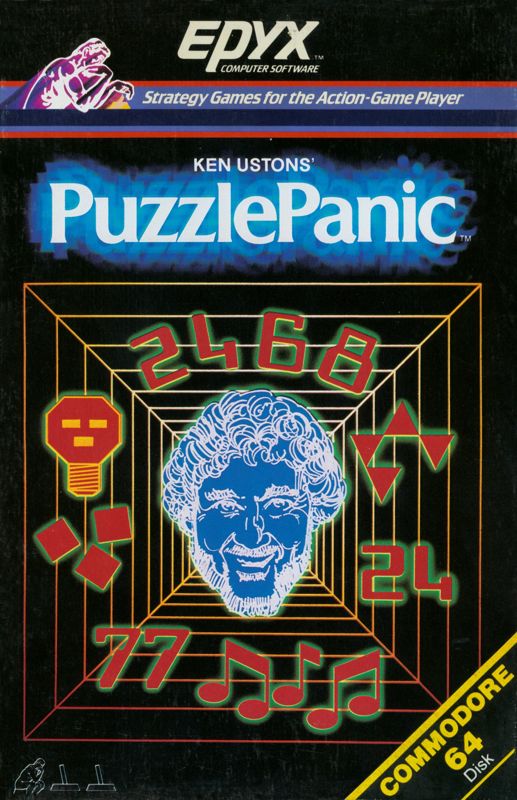
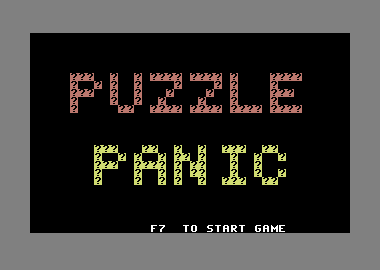
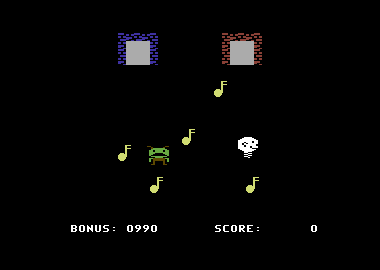
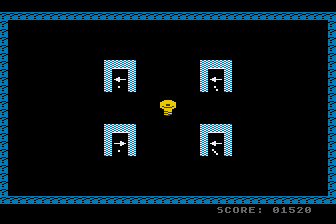
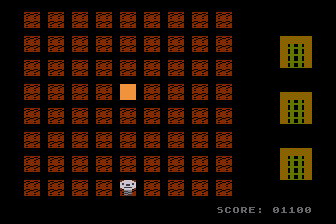
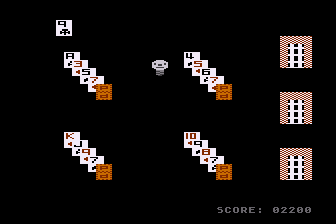
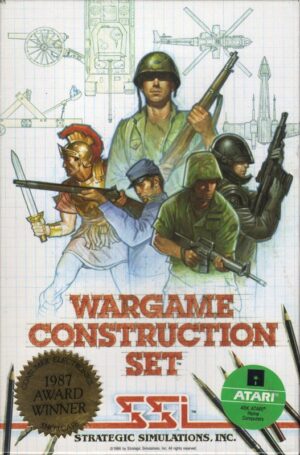


Reviews
There are no reviews yet.